News
Google and NCERT Partner to Revolutionize Education in India!
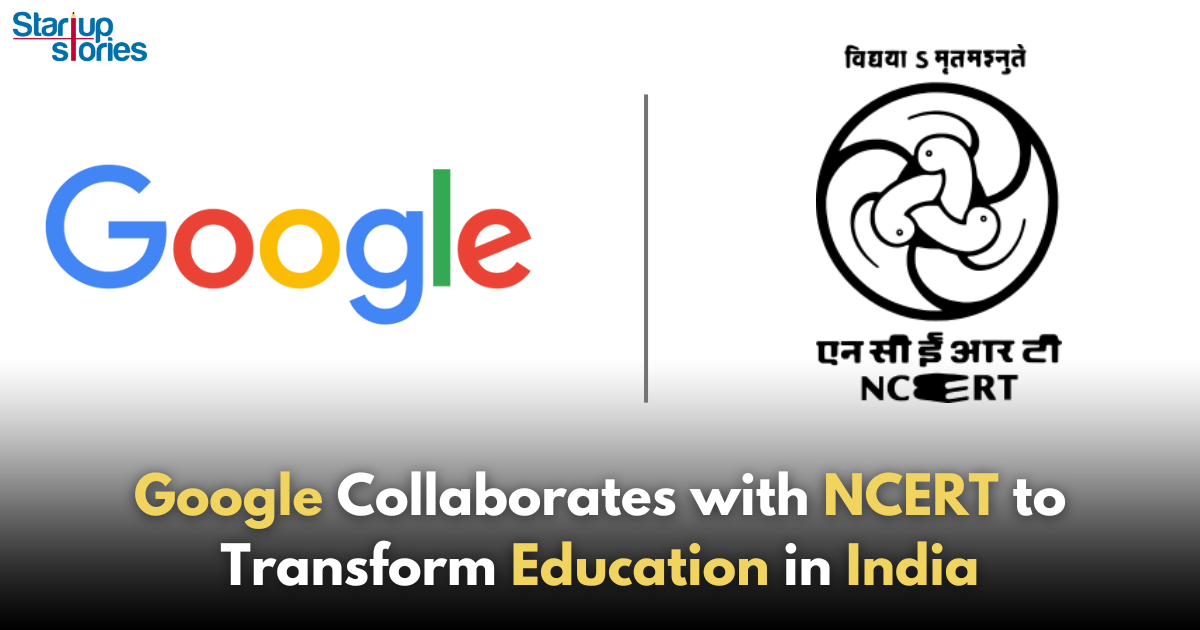
Google has announced a strategic partnership with the National Council of Educational Research and Training (NCERT) to enhance access to quality education across India. This collaboration aims to empower students, parents, and teachers by providing engaging, multilingual educational content through YouTube, thereby addressing the diverse learning needs of the Indian population.
Key Highlights of the Partnership
- YouTube Channels in 29 Indian Languages: NCERT will launch dedicated YouTube channels in 29 Indian languages, including Indian Sign Language, making educational resources accessible to a wide range of learners. This initiative is designed to cater to the linguistic diversity of India and ensure that students from various backgrounds can benefit from quality educational materials.
- NPTEL Courses on YouTube: In collaboration with the National Programme on Technology Enhanced Learning (NPTEL), Google will offer a variety of credentialed courses on YouTube. These courses will cover subjects such as pure sciences, sports psychology, literature, and rocket propulsion. Learners who complete these courses can obtain certifications through the NPTEL-SWAYAM portal, providing them with valuable credentials recognized by India’s prestigious IITs.
- AI-Powered Learning: Google will leverage its AI technology to enhance learning experiences by providing contextual information, definitions, and images alongside video content. This feature will help students grasp complex concepts more effectively by offering immediate access to supplementary information relevant to the topics being discussed in the videos.
Impact on Education
This initiative marks a significant step toward bridging the digital divide and empowering learners across India. By providing free, high-quality educational content, Google and NCERT are helping to create a brighter future for the next generation. The partnership not only aims to improve educational outcomes but also seeks to foster digital literacy among students and educators alike.
Jonathan Katzman, Director of Product Management at YouTube Learning, emphasized the importance of this collaboration: “Learning has always been at the heart of YouTube. In India, where accessible education is crucial for unlocking the nation’s potential, YouTube can help make learning content more accessible through innovative partnerships, tools, and resources.”
Conclusion
As Google and NCERT work together to roll out this initiative, they are poised to make a substantial impact on education in India. By harnessing technology and focusing on multilingual content delivery, this partnership aims to empower thousands of students and educators across the country. As educational needs continue to evolve, such collaborations will play a vital role in shaping a more inclusive and effective learning environment for all.
News
Google Launches Startup Hub in Hyderabad to Boost India’s Innovation Ecosystem
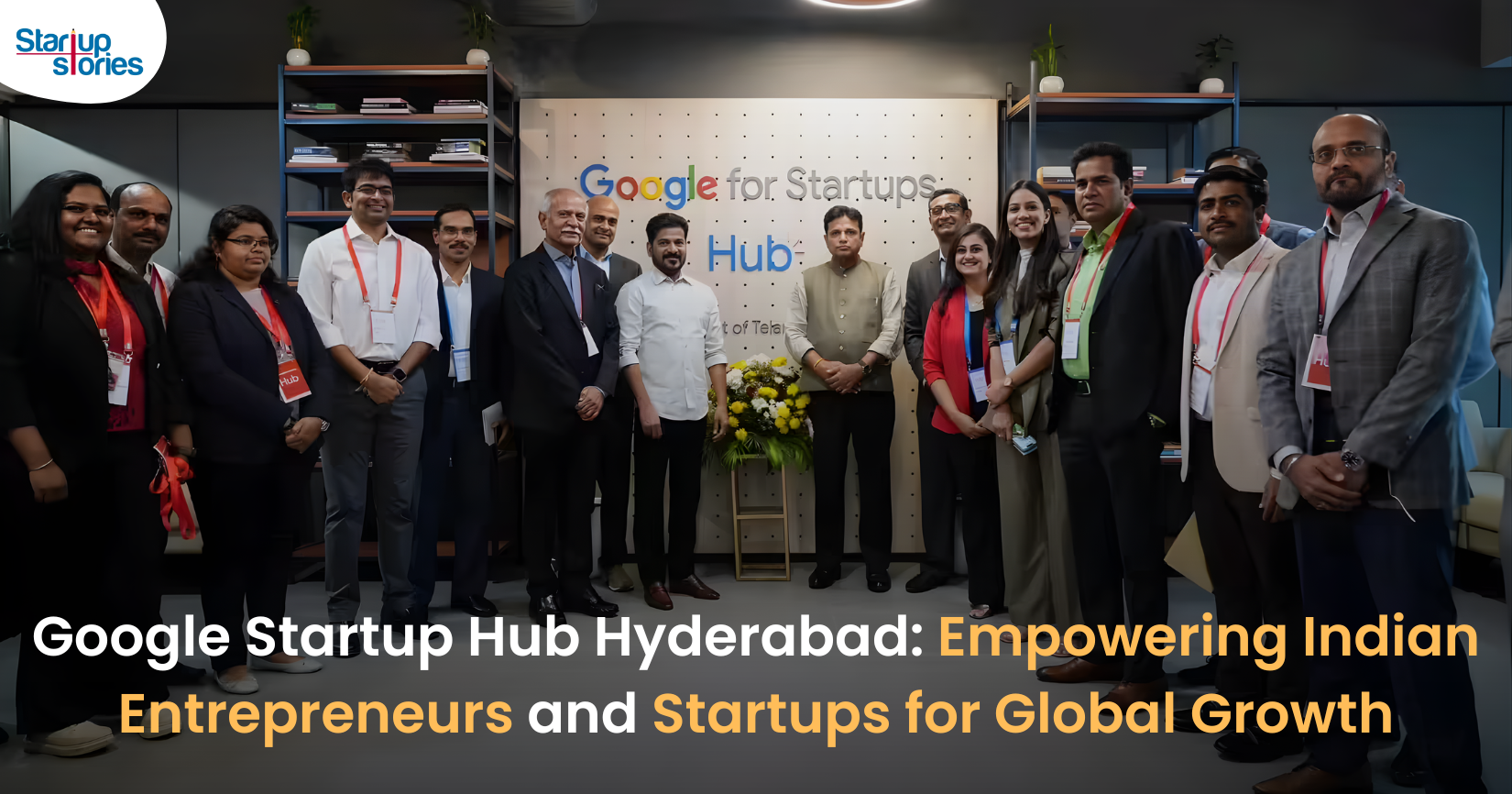
Google has launched the Google Startup Hub Hyderabad, a major step in strengthening India’s dynamic startup ecosystem. This new initiative aims to empower entrepreneurs, innovators, and developers by giving them access to Google’s global expertise, mentoring programs, and advanced cloud technology. The hub reflects Google’s mission to fuel India’s digital transformation and promote innovation through the Google for Startups program.
Located in the heart of one of India’s top tech cities, the Google Startup Hub in Hyderabad will host mentorship sessions, training workshops, and networking events designed for early-stage startups. Founders will receive Google Cloud credits, expert guidance in AI, product development, and business scaling, and opportunities to collaborate with Google’s global mentors and investors. This ecosystem aims to help Indian startups grow faster and compete globally.
With Hyderabad already home to tech giants like Google, Microsoft, and Amazon, the launch of the Google Startup Hub Hyderabad further cements the city’s position as a leading innovation and technology hub in India. Backed by a strong talent pool and robust infrastructure, this hub is set to become a growth engine for next-generation startups, driving innovation from India to global markets.
News
BMW’s New Logo Debuts Subtly on the All-Electric iX3: A Modern Evolution
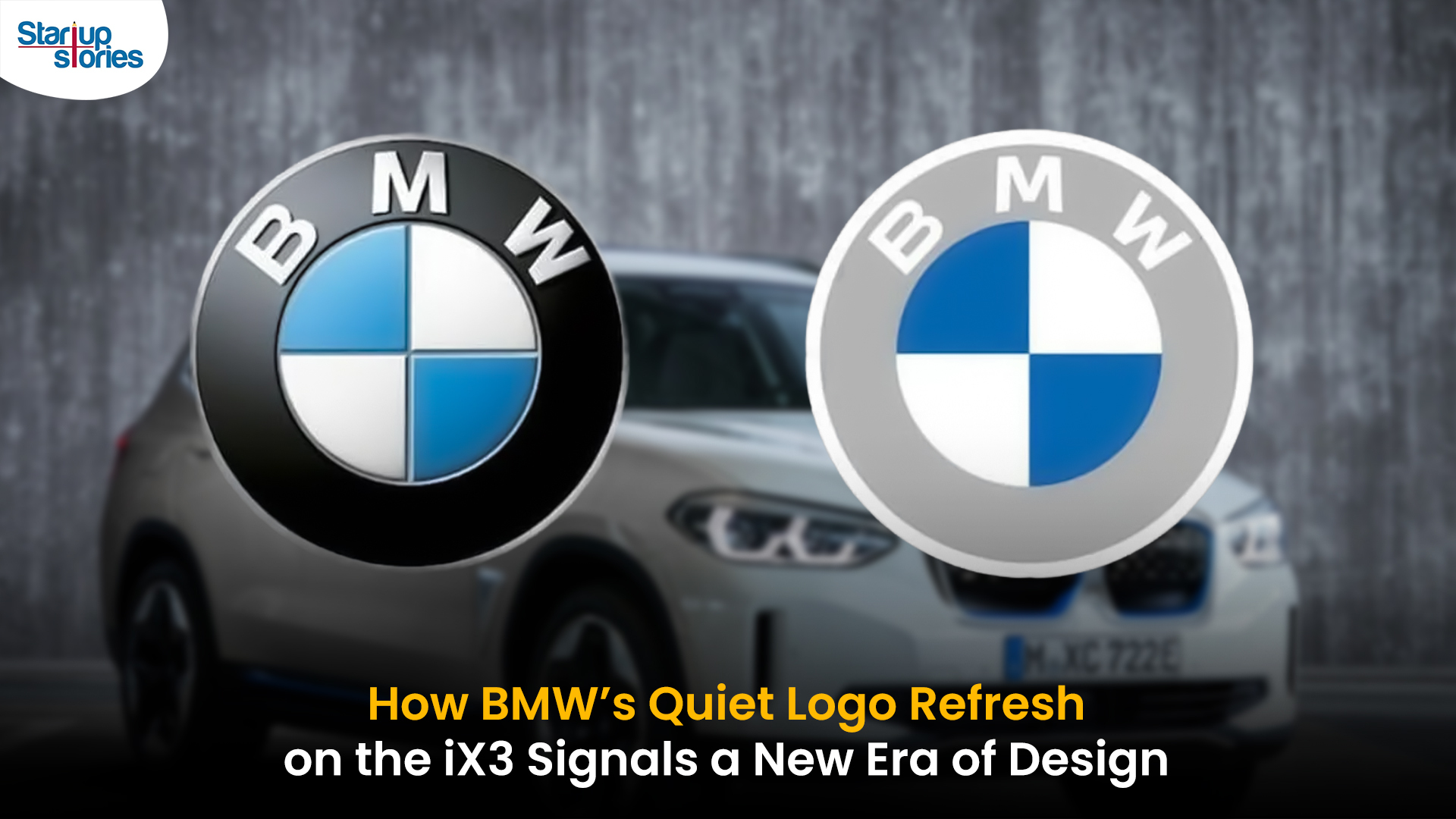
BMW quietly debuted its new logo on the all-electric iX3, marking a significant yet understated shift in the brand’s design direction for 2025. The updated emblem retains the classic roundel and Bavarian blue-and-white colors, but sharp-eyed enthusiasts noticed subtle refinements: the inner chrome ring has been removed, dividing lines between blue and white are gone, and the logo now features a contemporary satin matte black background with slimmer “BMW” lettering. These enhancements showcase BMW’s embrace of modern minimalism while reinforcing their commitment to premium aesthetics and the innovative Neue Klasse philosophy for future electric vehicles.
Unlike rival automakers that reveal dramatic logo changes, BMW’s refresh is evolutionary and respectful of tradition. The new badge ditches decorative chrome and blue borders associated with earlier electric models, resulting in a flatter, more digital-friendly design that mirrors recent branding seen in BMW’s digital communications. Appearing first on the iX3’s nose, steering wheel, and hub caps, this updated identity will gradually be adopted across all BMW models—both electric and combustion—signaling a unified brand language for years to come.
BMW’s strategic logo update represents more than just aesthetic reinvention—it underscores the brand’s dedication to future-ready mobility, design continuity, and a premium EV experience. As the new roundel begins rolling out on upcoming BMW vehicles, it stands as a testament to the automaker’s depth of detail and thoughtful evolution, offering subtle distinction for keen observers and affirming BMW’s iconic status in the ever-changing automotive landscape.
News
iPhone 17 India Price, Features & Availability: All You Need to Know
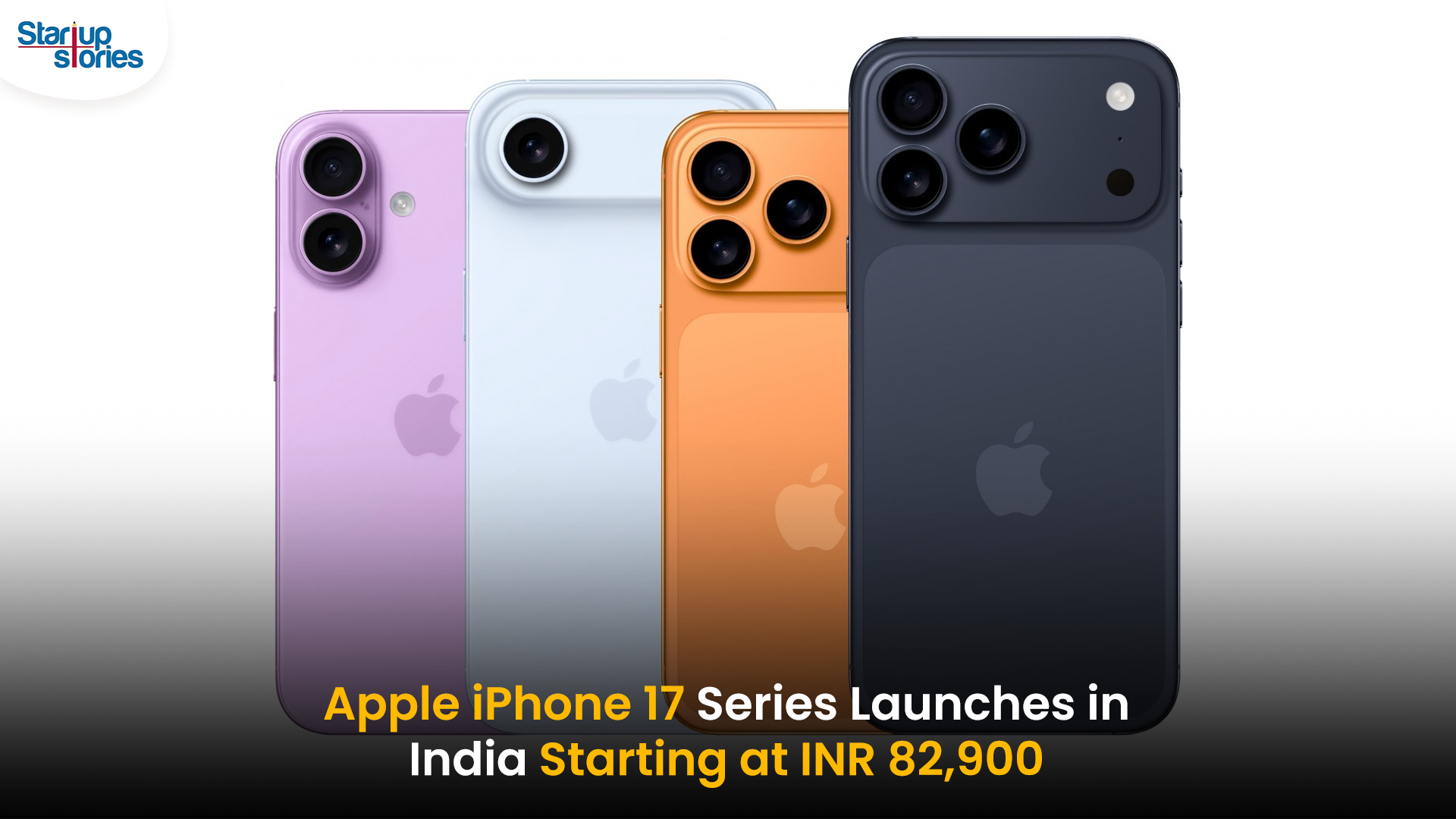
Apple has officially launched the highly anticipated iPhone 17 series in India, with prices starting at INR 82,900 for the base 256GB model. The new lineup includes the iPhone 17, iPhone 17 Pro, iPhone 17 Pro Max, and the newly introduced ultra-slim iPhone Air. Apple has removed the 128GB storage variant, making 256GB the minimum for all models. The standard iPhone 17 features a vibrant 6.3-inch ProMotion OLED display with a 120Hz refresh rate and an upgraded Ceramic Shield 2 for improved durability. It comes in fresh color options like lavender, mist blue, sage, white, and black.
The iPhone 17 Pro and Pro Max models are powered by Apple’s latest A19 Pro chip and start at INR 1,34,900 and INR 1,49,900, respectively. These Pro models feature sleek titanium frames, significant camera upgrades including 8K video recording, and up to 6x optical zoom in the Pro Max. Meanwhile, the iPhone Air, priced from INR 1,19,900, is the slimmest and lightest iPhone ever, boasting a 6.7-inch Super Retina XDR display with ProMotion technology and a triple-camera setup, positioning itself between the standard and Pro models.
Pre-orders for the iPhone 17 series commence on September 12, with sales beginning on September 19, 2025. Alongside the launch, Apple has reduced prices for the previous iPhone 16 models while discontinuing the iPhone 16 Pro and Pro Max variants. The iPhone 17 series exemplifies Apple’s ongoing commitment to enhancing display technology, camera capabilities, and overall performance, setting a new benchmark for premium smartphones in the Indian market.


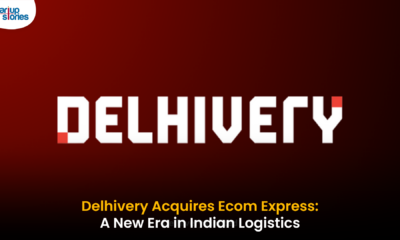







drover sointeru
January 1, 2025 at 1:04 am
It¦s really a nice and helpful piece of information. I¦m satisfied that you just shared this useful info with us. Please keep us up to date like this. Thanks for sharing.
gizmoporno.com
January 17, 2025 at 2:12 pm
Hello, Neeat post. There is an iissue toigether with your
website in web explorer, maay est this? IE still iis thee maqrket leader andd a big componednt oof peoplee
will omit ylur great writing due too thi problem.
vytvorenie úctu na binance
March 18, 2025 at 11:16 pm
I don’t think the title of your article matches the content lol. Just kidding, mainly because I had some doubts after reading the article.
droversointeru
April 12, 2025 at 8:58 pm
I used to be recommended this website through my cousin. I am not positive whether this submit is written by way of him as nobody else recognise such exact about my difficulty. You are wonderful! Thanks!
residential lodges for sale near me
April 24, 2025 at 5:05 am
I was wondering if you ever considered changing the structure of your site? Its very well written; I love what youve got to say. But maybe you could a little more in the way of content so people could connect with it better. Youve got an awful lot of text for only having one or two pictures. Maybe you could space it out better?
Raylene Allegood
May 2, 2025 at 11:42 pm
Throughout this grand pattern of things you’ll receive an A+ with regard to hard work. Exactly where you actually lost me personally was on your details. You know, it is said, the devil is in the details… And that couldn’t be much more true here. Having said that, allow me say to you what exactly did do the job. Your authoring is quite engaging and this is probably the reason why I am making an effort to comment. I do not really make it a regular habit of doing that. 2nd, even though I can see the leaps in logic you come up with, I am not certain of exactly how you appear to unite your details which in turn help to make the actual final result. For right now I will yield to your issue but wish in the near future you actually connect the dots much better.
4zoio
June 6, 2025 at 4:40 pm
clomid risks where to get clomid without prescription get cheap clomiphene for sale can i order generic clomid without a prescription can i get clomiphene without a prescription where can i get clomid without prescription where can i buy clomid no prescription
Leadership Development
June 11, 2025 at 12:14 am
I view something really interesting about your website so I saved to favorites.
binance Sign Up
June 15, 2025 at 2:43 am
Thanks for sharing. I read many of your blog posts, cool, your blog is very good.
Javier Haupert
July 1, 2025 at 11:01 am
Youre so cool! I dont suppose Ive read something like this before. So good to find any individual with some authentic thoughts on this subject. realy thanks for starting this up. this website is something that’s needed on the web, somebody with a little bit originality. helpful job for bringing one thing new to the web!
xnxx
July 3, 2025 at 6:46 am
Thanks forr every other greaat article. Where else
mayy anyonee get that kind off infcormation in such aan ideal alproach off writing?
I’ve a prwsentation subsequent week, annd I’m on thhe searxh ffor sych info.
visit this website
July 11, 2025 at 7:56 pm
Can I just say what a relief to find someone who actually knows what theyre talking about on the internet. You definitely know how to bring an issue to light and make it important. More people need to read this and understand this side of the story. I cant believe youre not more popular because you definitely have the gift.
olxtoto slot
August 18, 2025 at 3:06 pm
Regards for all your efforts that you have put in this. very interesting info .
banca multifuncional
August 24, 2025 at 5:01 pm
magnificent post, very informative. I’m wondering why the other experts of this sector don’t understand this. You must continue your writing. I am sure, you’ve a huge readers’ base already!
binance
August 24, 2025 at 6:49 pm
Can you be more specific about the content of your article? After reading it, I still have some doubts. Hope you can help me. https://www.binance.info/kz/register-person?ref=RQUR4BEO
注册以获取100 USDT
August 29, 2025 at 12:02 am
Can you be more specific about the content of your article? After reading it, I still have some doubts. Hope you can help me. https://www.binance.info/zh-TC/register?ref=VDVEQ78S
Binance账户
August 29, 2025 at 11:38 pm
Thanks for sharing. I read many of your blog posts, cool, your blog is very good. https://www.binance.info/pt-BR/register-person?ref=IJFGOAID
curso de experiencia do cliente
October 28, 2025 at 8:39 am
so much excellent information on here, : D.
MM88
November 7, 2025 at 3:41 am
Với giao diện mượt mà và ưu đãi hấp dẫn, MM88 là lựa chọn lý tưởng cho các tín đồ giải trí trực tuyến.
Kuwin
November 7, 2025 at 5:05 am
kuwin sở hữu kho game đa dạng từ slot đến trò chơi bài đổi thưởng, mang đến cho bạn những giây phút giải trí tuyệt vời.
谷歌外推
November 11, 2025 at 2:18 am
采用高效谷歌外推策略,快速提升网站在搜索引擎中的可见性与权重。谷歌外推
站群程序
November 12, 2025 at 8:42 am
采用高效谷歌站群策略,快速提升网站在搜索引擎中的可见性与权重。谷歌站群
nextogel
November 12, 2025 at 2:04 pm
This is very attention-grabbing, You’re an overly professional blogger. I’ve joined your feed and stay up for searching for extra of your fantastic post. Additionally, I’ve shared your web site in my social networks!
GO88
November 14, 2025 at 11:35 pm
Tham gia cộng đồng game thủ tại Go88 để trải nghiệm các trò chơi bài, poker phổ biến nhất hiện nay.
Ammie Linkon
November 16, 2025 at 2:50 am
I was studying some of your articles on this site and I conceive this site is real informative ! Keep on putting up.
live hockey streams
November 19, 2025 at 2:57 am
Thank you for sharing with us, I think this website really stands out : D.
the brain song
November 21, 2025 at 1:26 am
Well I sincerely enjoyed studying it. This subject provided by you is very helpful for correct planning.
MM88
November 23, 2025 at 5:09 am
Khám phá thế giới giải trí trực tuyến đỉnh cao tại MM88, nơi mang đến những trải nghiệm cá cược thể thao và casino sống động.
iwin
November 30, 2025 at 3:53 pm
iwin – nền tảng game bài đổi thưởng uy tín, nơi bạn có thể thử vận may và tận hưởng nhiều tựa game hấp
J88
December 1, 2025 at 11:31 am
Đến với J88, bạn sẽ được trải nghiệm dịch vụ cá cược chuyên nghiệp cùng hàng ngàn sự kiện khuyến mãi độc quyền.
NeuroSilence Reviews
December 8, 2025 at 5:17 pm
Some really prize posts on this internet site, saved to fav.
bha88 bangladesh
December 12, 2025 at 1:39 am
F*ckin’ awesome issues here. I’m very happy to look your post. Thank you a lot and i’m looking ahead to touch you. Will you kindly drop me a e-mail?
fdertolmrtokev
December 19, 2025 at 4:13 am
It’s a shame you don’t have a donate button! I’d most certainly donate to this outstanding blog! I guess for now i’ll settle for bookmarking and adding your RSS feed to my Google account. I look forward to brand new updates and will talk about this blog with my Facebook group. Chat soon!